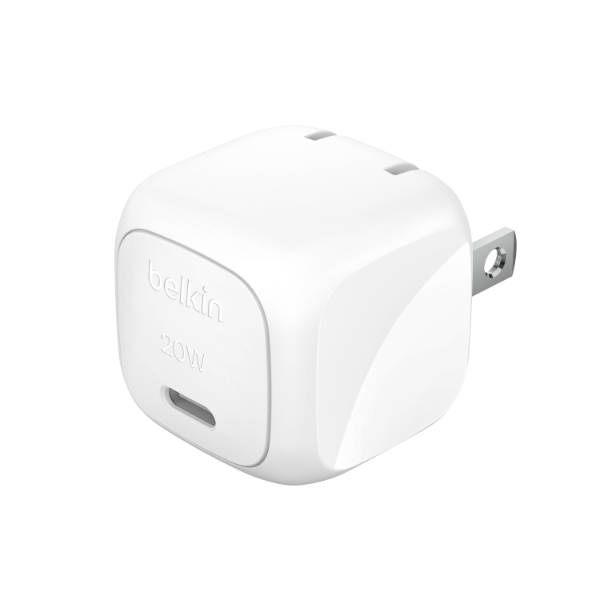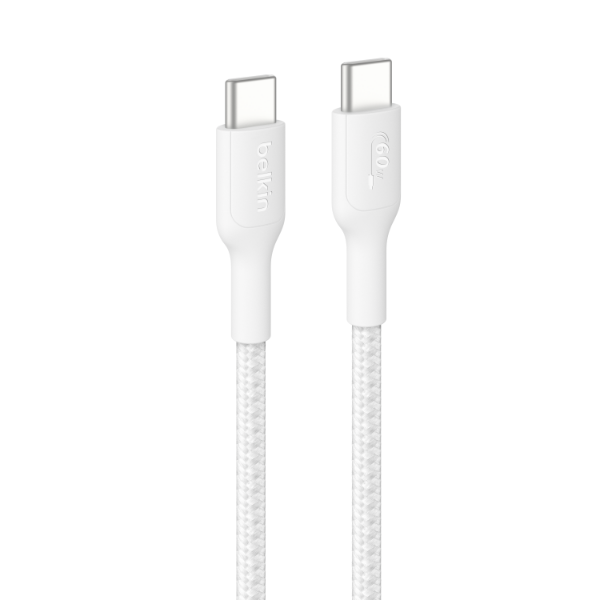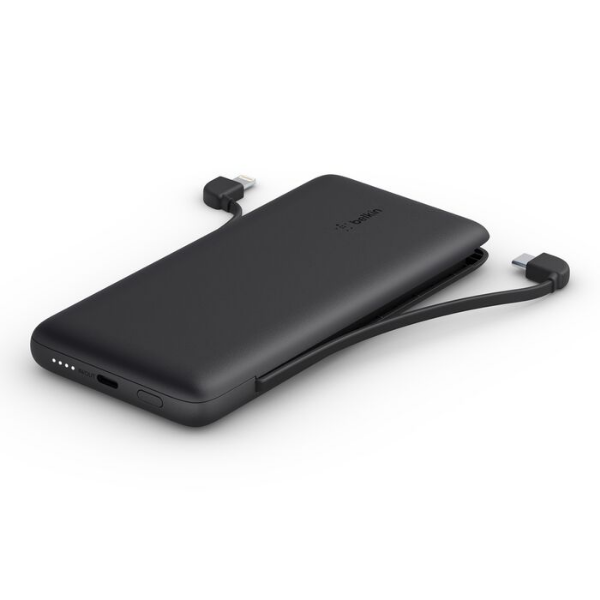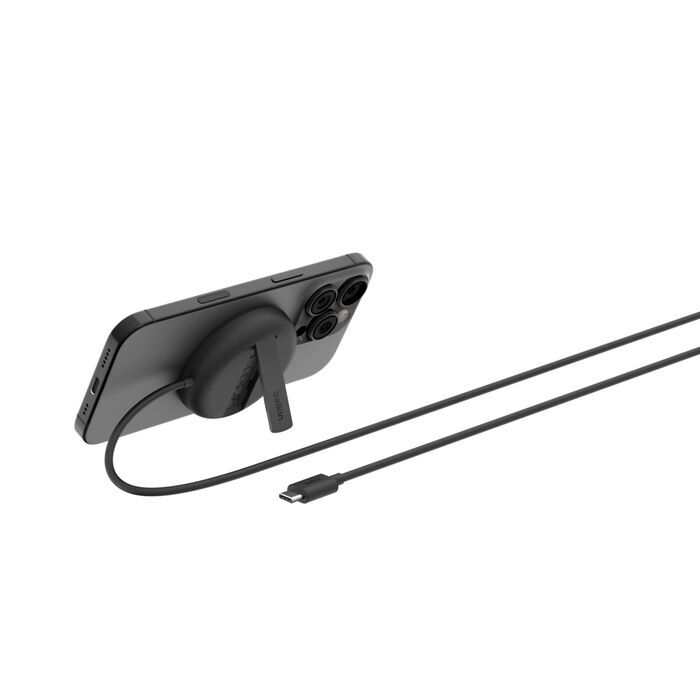iPhone Air Charging: Complete Guide to Speed, Wattage, and Compatibility
September 26, 2025
The iPhone Air (also known as the iPhone 17 Air) is Apple’s thinnest iPhone yet, but it doesn’t compromise on battery life or charging speed. In fact, the Air pushes Apple’s charging ecosystem forward with USB‑C, MagSafe, and Qi2 compatibility — making it one of the most versatile devices to keep powered up. This guide goes beyond the numbers to explain what iPhone Air charging really means for everyday life, how it compares with past models, and which accessories unlock its full potential.
What is the iPhone Air charging speed?
On paper, the iPhone Air supports fast charging that delivers up to 50% in about 30 minutes with a 20W USB‑C adapter. In practice, this means you can grab a quick charge during breakfast or before a commute and walk out with enough power for the day. Even with its slim profile, Apple has ensured the Air keeps up with real-life demands.
What is the iPhone Air charging wattage?
The iPhone Air supports up to 20W wired fast charging and the same 20W via both MagSafe and Qi2 wireless chargers. For comparison, previous iPhones capped wireless charging at 15W. The leap to 20W means you can finally rely on wireless pads and stands for more than just overnight trickle charging. Set your iPhone Air on a Qi2 stand at your desk, and it charges fast enough to keep up with heavy multitasking without losing ground.
What port does the iPhone Air have for charging?
Like the rest of the iPhone 17 family, the Air uses USB‑C for both charging and data transfer. The switch from Lightning means one cable can now power your iPhone, iPad, and MacBook. For travelers, that translates to lighter bags and fewer forgotten chargers.
What cable can I use for iPhone Air charging?
The iPhone Air ships with a USB‑C cable, but not all cables are equal. To unlock full 20W speeds, use a certified USB‑C to USB‑C Power Delivery cable. Braided cables add durability, while MagSafe‑compatible pucks and stands ensure your iPhone aligns perfectly for maximum wireless performance.
iPhone Air Battery and Charging Comparison
Numbers tell part of the story, but the real value is how the iPhone Air compares in daily use. Here’s how it stacks up against the iPhone 17, 17 Pro, and the iPhone 16 generation:
The takeaway: iPhone Air may be slimmer, but it punches above its weight. Its 20W wireless capability makes it a step up from the iPhone 16 generation and puts it on nearly equal footing with the flagship Pro models.
Qi2.2 Charging on iPhone Air
Qi2 is the newest evolution of wireless charging, and iPhone Air is one of the first devices to support it. This standard uses the same magnetic alignment as MagSafe, but opens the door to a much wider accessory ecosystem. With Qi2, you get faster, more efficient charging, reduced heat, and future-proof compatibility across multiple brands and devices. That means one charging pad could power your iPhone Air, your earbuds, and even future Android phones.
The future of iPhone Air charging
The iPhone Air is more than a thinner iPhone. It’s Apple signaling the shift to universal, flexible charging. Between USB‑C, MagSafe, and Qi2, users have multiple fast and safe options, whether they prefer wired speed or wireless convenience. Looking forward, we may see even higher wireless wattages, but the Air already sets a new benchmark for what slim devices can deliver.
Best iPhone Air Charging Accessories
FAQ
Any 20W or higher USB‑C Power Delivery charger will achieve the fastest wired charging speed.
Yes, the iPhone Air supports MagSafe up to 20W, as well as Qi2 charging at the same wattage.
Up to 27 hours video playback (40 with MagSafe Battery Pack) and 22 hours streaming (35 with MagSafe Battery Pack).
A certified USB‑C to USB‑C Power Delivery cable ensures optimal charging performance.
Yes. The iPhone Air was announced alongside the iPhone 17 lineup, and many users online refer to it as the 'iPhone 17 Air.' Both names describe the same device.
We hope you enjoyed this post!
Explore more on the Belkin Blog,
or sign up for email and text alerts: get the latest blog updates, product announcements, and exclusive deals delivered right to you.




